Every day the industry presents new developments in terms of cameras. Mega-pixels are one of these novelties that every day gains more followers in the sector.
by IQuinVision
We come to the third part of our series on mega-pixel technology. In the first section, we took a look at the overall costs of mega-pixel video, based on the three types of surveillance: general surveillance, forensic surveillance, and high-detail surveillance, and their comparative costs on a pixel/foot basis. In part two, we did an apple-apple comparison about using a mega-pixel video system, rather than a low-resolution system (4CIF) and the way in many applications the mega-pixel is much more affordable.
Advantages and disadvantages of PTZ
On this occasion, we will address the advantages and disadvantages of pan/tilt/zoom (PTZPTZ) systems vs mechanical PTZ systems.
Mechanical pan/tilt/zoom cameras are composed of motors, grazing rings, gears and/or belts and wheels. Traditionally, they were controlled by particular keyboards, but recently they can be controlled by software. These devices are available as integrated units, more commonly referred to as domes, or you can purchase the camera separately and mount it on a pan/tilt motor. The amount of zoom, example: 25X, depends on the ratio of the telephoto setting to the amplitude angle adjustment. Therefore, a lens that goes between 4mm and 10mm will have a zoom of 25X. A lens that goes from 50mm to 150mm will only offer 3X of zoom, but it will be much better when zooming in from more remote places because of its 150mm telephoto adjustment; however, this will not have the amplitude angle adjustment (50mm) that the 25X (4mm) lens. Was it clear now?
Mechanical PTZ
Currently, most mechanical PTZ cameras use low-resolution cameras, usually it is about 704 x 480 or 1/3 of a mega-pixel. To get great detail (80 pixels/foot) with such a camera, you would need to approach an area that is not greater in amplitude at 8 feet (2.4 M). If you totally zoom out of the image, you would be scattering all the pixels over an extremely wide area and losing all the details.
If your goal is to offer security personnel the ability to monitor overall activity, then allow them to zoom in over a long distance in good detail, then mechanical PTZ cameras with high-approach telephoto lenses are the option, but there are a few things you should keep in mind.
First, mechanical PTZ cameras should be considered as "one-choice", i.e. you either have a wide area coverage with low resolution or you have high resolution in a very narrow area. You can't have both. This means that if you are "zoomed in," you will lose everything else.
Alternatively, if you are "away", you will not have any details. If you are recording "far away" mechanical PTZ images, you can always "digitally zoom in" after the event, but the results are not very good. This limitation involves a lot of responsibility for the guard to control the camera, especially if simultaneous incidents occur, in which case the guard must decide which incident is the most important.
The second thing is to consider the cost of hiring guards 24 hours a day, seven days a week, dedicated to the control of the cameras (a substantial amount of money). The next thing is that if you are controlling the cameras over a TCP/IP network, there is usually a long delay between the time the camera is brought to PTZ function and the time of the actual response. Finally, mechanical PTZ cameras have many movable parts that wear out and periodically require maintenance and repairs. {mospagebreak}
Digital PTZ
The other option that many people are opting for is the use of mega-pixel network cameras with digital PTZ, such as IQeye cameras. Mega-pixel network cameras are ideal for applications where you don't have the resources to hire live monitoring of the cameras 24/7; therefore, they must rely on the forensic value of the recorded video. When combined with the right lenses, mega-pixel network cameras always ensure that sufficient details are obtained to be returned after the incident and have the legal evidence, i.e. license plate numbers and face details to determine what happened.
If you opt for the mega-pixel network camera, all you need to do is make sure that you have selected the appropriate resolution camera and the appropriate lenses to get the desired detail (pixels/foot). Once configured, a digital PTZ can be made around the live images, without affecting what has been recorded. In fact, many people can connect to the same camera at the same time make a PTZ independently around (to observe a demonstration, visit the page: http://democam4.iqeye.com/ )
No matter where someone may be using the PTZ digitally, you can always go back to the recorded video and look at other areas, without losing details. Additionally, and taking into account that the IQeye type cameras have no movable parts, there are virtually no maintenance requirements.
Below, we will find different types of real images that illustrate the discussion raised here about the different PTZ technologies available. You should assess your situation and your security needs and details, and choose the best option for you. If you have guards 24 hours a day, seven days a week, the ability to "live" the zoom on a small object that is far away, is important and you do not have to worry about the quality and digital zoom of the recorded images; a mechanical PTZ camera solution may perhaps be the right choice for you.
If, on the other hand, you can't count on this type of security, fixed mega-pixel network cameras are the right choice for you.





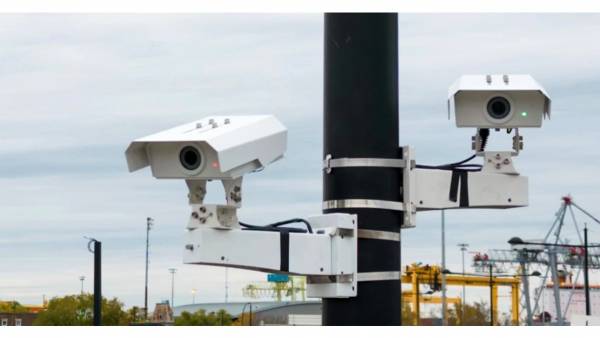
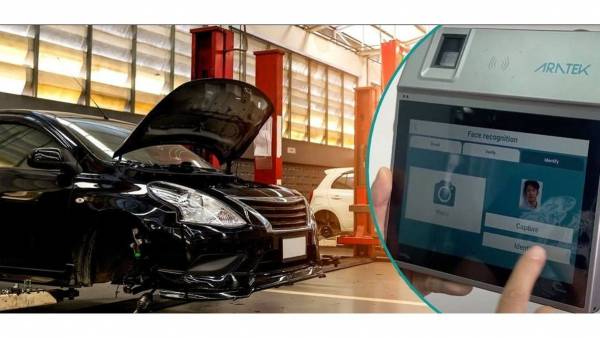
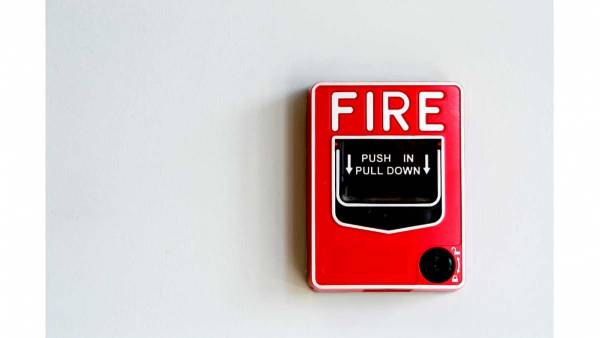
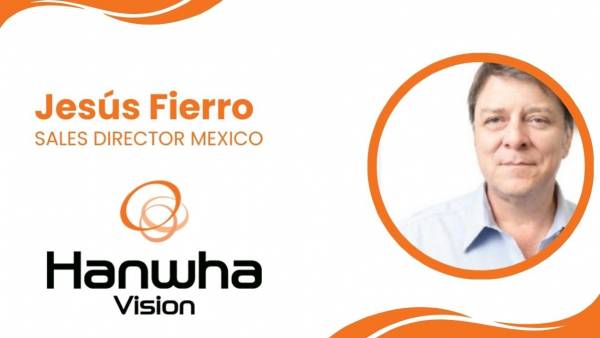
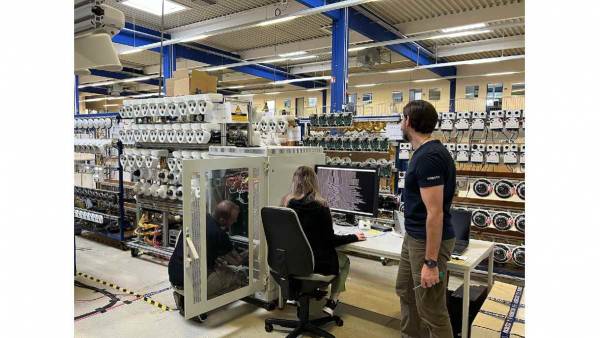
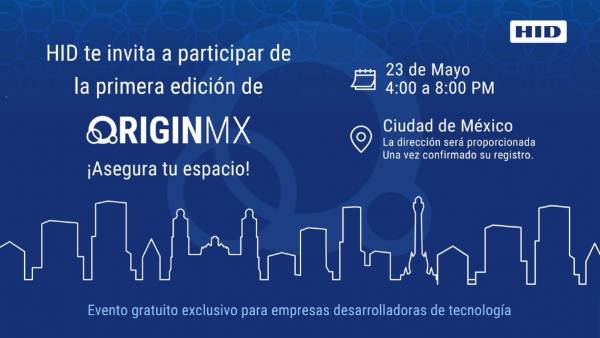














Leave your comment